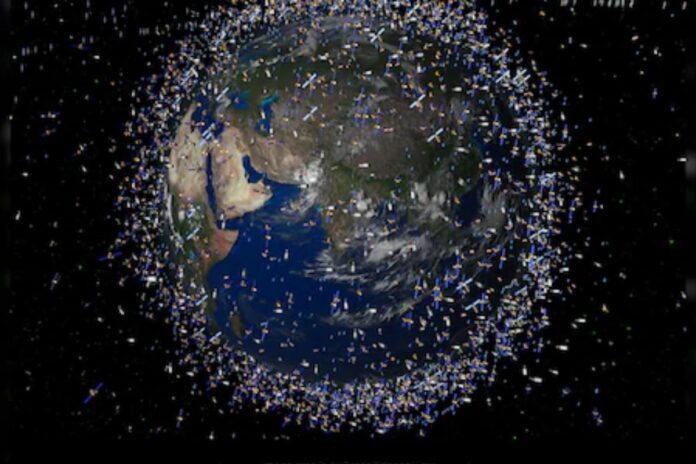Kessler Syndrome, a scenario feared by space scientists, has come closer to reality as fragments of a rocket, weighing nearly 500 kg, crashed into Mukuku village in Makueni County, Kenya. The Kenya Space Agency (KSA) confirmed that the metallic object, measuring roughly eight feet in diameter, landed on December 30, causing alarm among residents. Fortunately, no casualties were reported.
The KSA identified the object as a separation ring, a component of a spacecraft’s launch mechanism. “Preliminary assessments indicate that the fallen object is a separation ring from a launch vehicle,” stated the agency. Experts are currently analyzing the debris to trace its origin while ensuring public safety. “We want to assure the public that the object poses no immediate threat to safety,” the agency added.
Global Rise of Space Debris Threat
Incidents like the one in Kenya underscore the growing issue of space debris. Just last year, a NASA lawsuit was filed by a Florida family after falling debris damaged their home. In another incident, a satellite weighing as much as an adult rhinoceros re-entered Earth’s atmosphere, crashing into the Pacific Ocean between Alaska and Hawaii, as reported by the European Space Agency.
The growing accumulation of such debris has sparked serious concerns about potential cascading collisions in space, known as the Kessler Syndrome.
What Is Kessler Syndrome?
Proposed by NASA scientist Donald J. Kessler in 1978, Kessler Syndrome suggests that as the density of objects in Low Earth Orbit (LEO) increases, it could trigger a chain reaction of collisions. This would render LEO uninhabitable, effectively halting advancements in space exploration and communication.
“The number of objects in space that we have launched in the last four years has increased exponentially. So we are heading towards the situation that we are always dreading,” said Dr. Vishnu Reddy, a planetary sciences professor at the University of Arizona.
A Crowded Low Earth Orbit
Low Earth Orbit is increasingly becoming the world’s largest garbage dump. NASA estimates that approximately 6,000 tons of material now circle our planet, a figure expected to rise with the entry of private space companies. The implications of such accumulation are profound, with possible disruptions to satellite communication, global positioning systems, and even space exploration missions.
The crash in Kenya is a stark reminder of the risks posed by unchecked space debris. As nations and private players expand their space endeavors, the need for international regulations and debris mitigation strategies has never been more urgent.
This incident serves as a wake-up call, highlighting the precarious balance of technological advancement and environmental stewardship in the final frontier.

